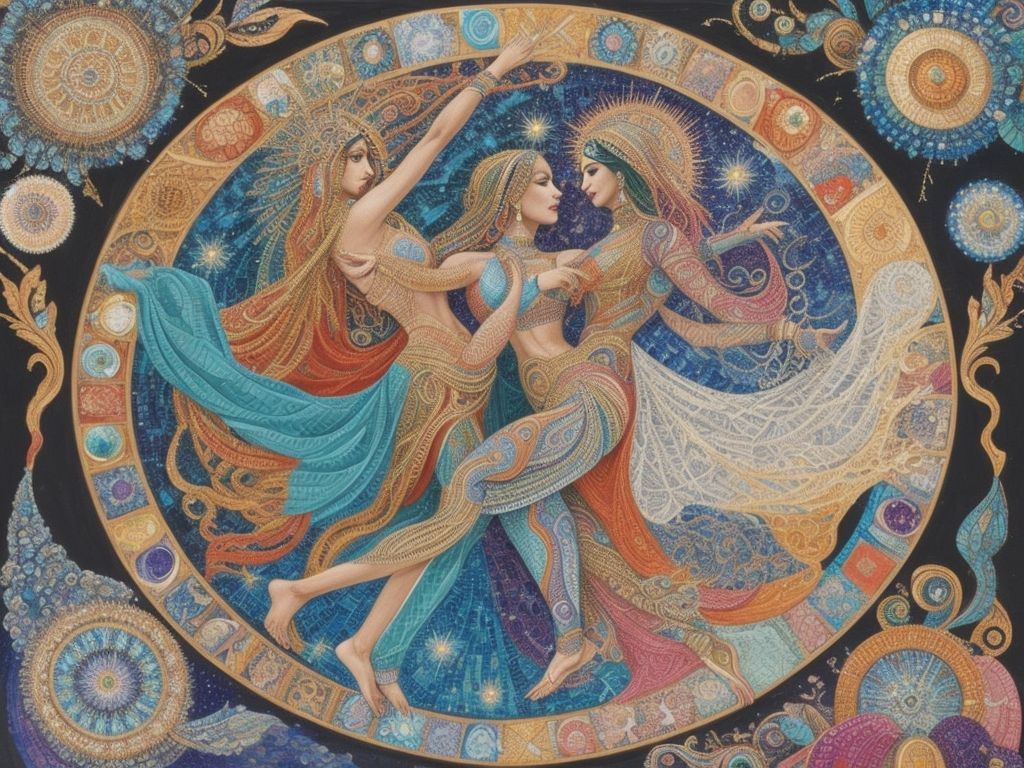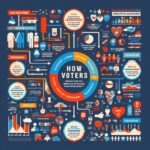Trump fans are in for a rude awakening

Rally turnout has scores of Donald Trump supporters believing that something is amiss, that the polls are not polling —œWe The People—£ and are some how intentionally ignoring all of those people who stand out in the heat waiting for Mr. Trump to arrive and thrill them. (AP Photo/Steve Nesius)
Every new day brings with it a new batch of swing state polls, and each of those polls has told the very same story: Donald Trump is extremely unlikely to become president of the United States.
Just this week, fresh polls from multiple media outlets put Trump behind by 14 points in crucial swing states like Colorado and Virginia. He remains down by almost double digits in formerly “red states” like North Carolina. His plans to win over Rust Belt states like Pennsylvania and Wisconsin have yielded no likely electoral votes.
Nobody likes to hear bad news, and there’s a reason why “don’t shoot the messenger” is an oft used phrase. Trump supporters, having been told all along that Donald Trump is a winner, someone who can defy the haters and losers and turn out new voters, are now insisting that the media polls are biased, and that they have been rigged to show Clinton with a lead she doesn’t really have.
Choosing to be a poll-skeptic is a perfectly valid choice. After all, despite the fact that the polls actually performed pretty decently during the presidential primary season, a casual observer of politics might believe that the industry is completely incapable of pegging an election right, with prominent national polls having missed Obama’s lead in the 2012 election, all the way up through the underestimated support for Brexit in the United Kingdom just a few months ago.
Also consider who is behind most major public polls: media organizations. Indeed, only 6 percent of Americans say they have confidence in the news media, and trust issues are most acute with conservative audiences. In addition to media organizations, many academics and universities are producers of public political polling, and the Right has long harbored suspicion of those in the “ivory tower.”
It is very easy to see how someone on the political Right might look at the enormous wave of data showing Trump well out of contention for the presidency and insist that the media and the professors are getting it wrong.
Being a poll skeptic isn’t a problem. It may well be a prudent approach. But for many Trump supporters, it’s not just that the polls are wrong; it’s that other completely nonsensical sources of data ought to be trusted far more.
First, there are those who cling to a single anecdote as if it alone holds the key to the election. There are the stories of an elderly uncle who never voted before but this time around he’s on the Trump Train, or the young neighbor who can’t stand Hillary Clinton and is voting Trump even though he says he’s a Democrat. These sorts of stories are particularly fashionable this time, despite the fact that few voters have an accurate cross-section of the electorate in their circle of friends; in fact, people who support a particular candidate are fairly unlikely to have close friends who support the opponent.
Then, there’s rally size. Consider that Donald Trump continues to campaign in states where he currently appears to have little to no shot at winning, like Connecticut. Is Donald Trump going to flip Connecticut from blue to red? Most certainly not. But can he get thousands of people to turn out for a rally there? Sure he can. And he loves an adoring crowd.
And it is that rally turnout that has scores of Trump supporters believing that something is amiss, that the polls are not polling “We The People” and are some how intentionally ignoring all of those people who stand out in the heat waiting for Mr. Trump to arrive and thrill them.
But recall that Mitt Romney, too, had significant rally turnout in the closing days of the 2012 race. “Mitt drawing larger crowds,” said the headlines. Historian Robert Mann has noted that the fallacy of thinking crowd size is a replacement for looking at polls dates back decades.
Finally, there’s the social media data. How can Trump be losing when he is crushing Clinton on social media following? Setting aside the mounting evidence that much of Trump’s online fanbase is but a Potemkin village. It is also the case that he has been an avid user of platforms like Twitter for years, building up a base of people ranging from fans to those who are merely curious. At my company, we look at what people are discussing on social media, and if Twitter fandom were an indication of political preference, then One Direction would have won the 2014 midterms. There’s a lot social media can tell us about a political conversation, but it is not a replacement for quality polling.
Trump has been pushing the notion that the election is rigged. He’s built his brand on being a winner and the daily deluge of evidence to the contrary is certainly bothering him, and it makes sense why he’d want to discredit it. But come Election Day, there are a lot of Trump fans who’ll be in for a rude awakening.
Kristen Soltis Anderson for the Washington Examiner, 8/17/16
- University of Massachusetts Amherst Polls: Analyzing Voter Behavior in Massachusetts - January 5, 2025
- Polling Insights from University of Massachusetts Lowell: A Close Look at Voter Shifts - January 5, 2025
- University of New Hampshire Polls: Analyzing Key Presidential Primary Data - January 5, 2025







